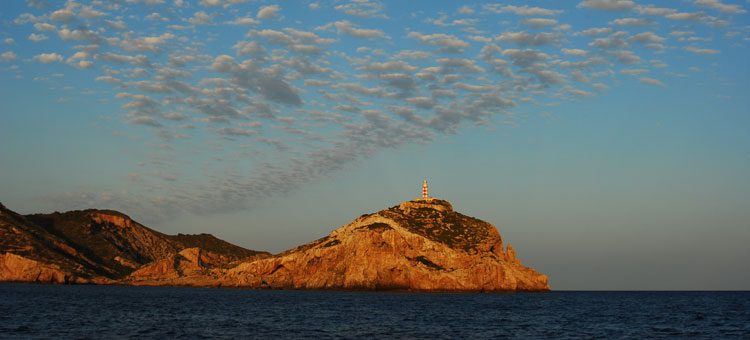Balearic Islands: Overview

The Balearic Island archipelago is located in the western Mediterranean Sea off Spain’s eastern coast. The archipelago consists of three major islands (Majorca, Minorca, and Ibiza) with other small islands such as Cabrera and Formentera. Inhabited from around 4000 B.C., the first real settlements developed with the arrival of the Carthaginians in 654 B.C. Currently, the Balearic Islands are home to nearly a million people.
During a number of oceanographic campaigns, Oceana has focused part of its research on documenting the sea beds of the Balearic archipelago, in order to determine the importance of the habitats and species present there and request the establishment of the most adequate protection and management measures. Given the ecological and economic importance of these waters, which harbor a wide variety of protected habitats and species, as well as species of high commercial value, it is essential to conserve and recover these resources, putting priority on human activities that are compatible with the area’s natural values, such as the use and promotion of artisinal fishing gear used traditionally in these islands.
Oceana’s work is necessary in order to achieve good environmental status of the EU’s marine environment as required by European directives, and the protection of at least 10% of marine ecosystems as set out by the UN Convention on Biological Diversity.
In November 2011, Oceana presented its proposal for responsible fisheries in the Balearic Islands, which takes an in-depth look into five categories of problems caused by different types of fishing methods practiced in the Balearic islands and the importance of marine protected areas.


